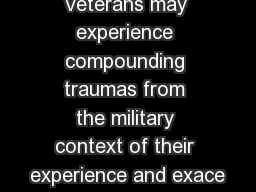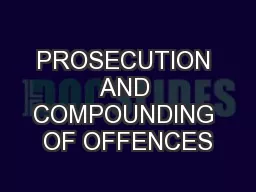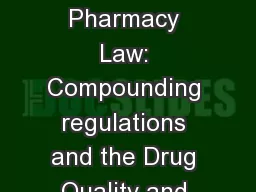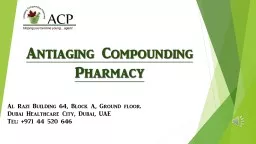PPT-Veterans may experience compounding traumas from the military context of their experience
Author : pasty-toler | Published Date : 2018-10-14
Healing the Warrior Within Utilizing Dialectical Behavior Therapy to Restore the Mind Body and Spirits of Our Veterans Tweet us at NASWIL Introduction Learning Objectives
Presentation Embed Code
Download Presentation
Download Presentation The PPT/PDF document "Veterans may experience compounding trau..." is the property of its rightful owner. Permission is granted to download and print the materials on this website for personal, non-commercial use only, and to display it on your personal computer provided you do not modify the materials and that you retain all copyright notices contained in the materials. By downloading content from our website, you accept the terms of this agreement.
Veterans may experience compounding traumas from the military context of their experience: Transcript
Download Rules Of Document
"Veterans may experience compounding traumas from the military context of their experience"The content belongs to its owner. You may download and print it for personal use, without modification, and keep all copyright notices. By downloading, you agree to these terms.
Related Documents














